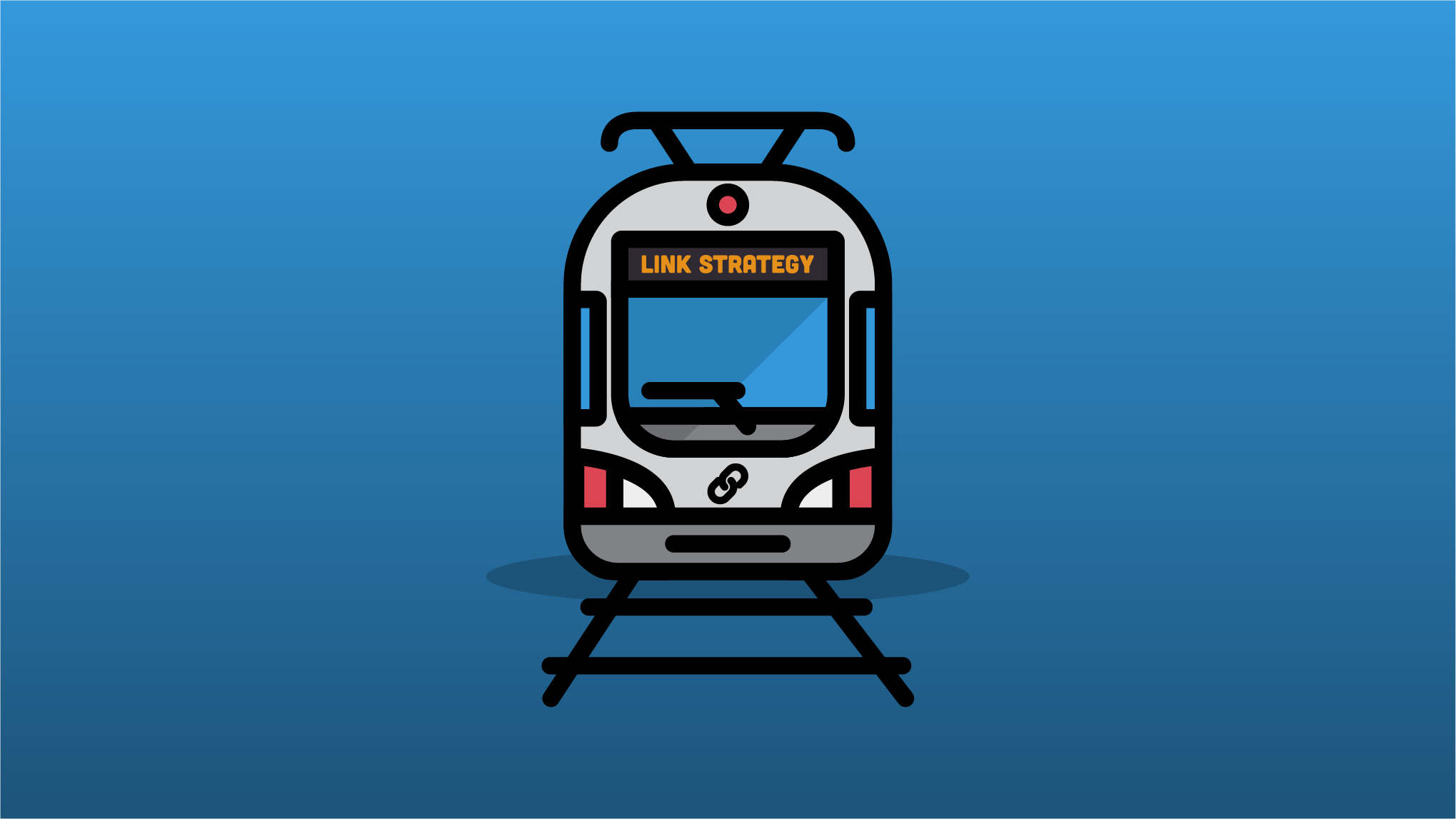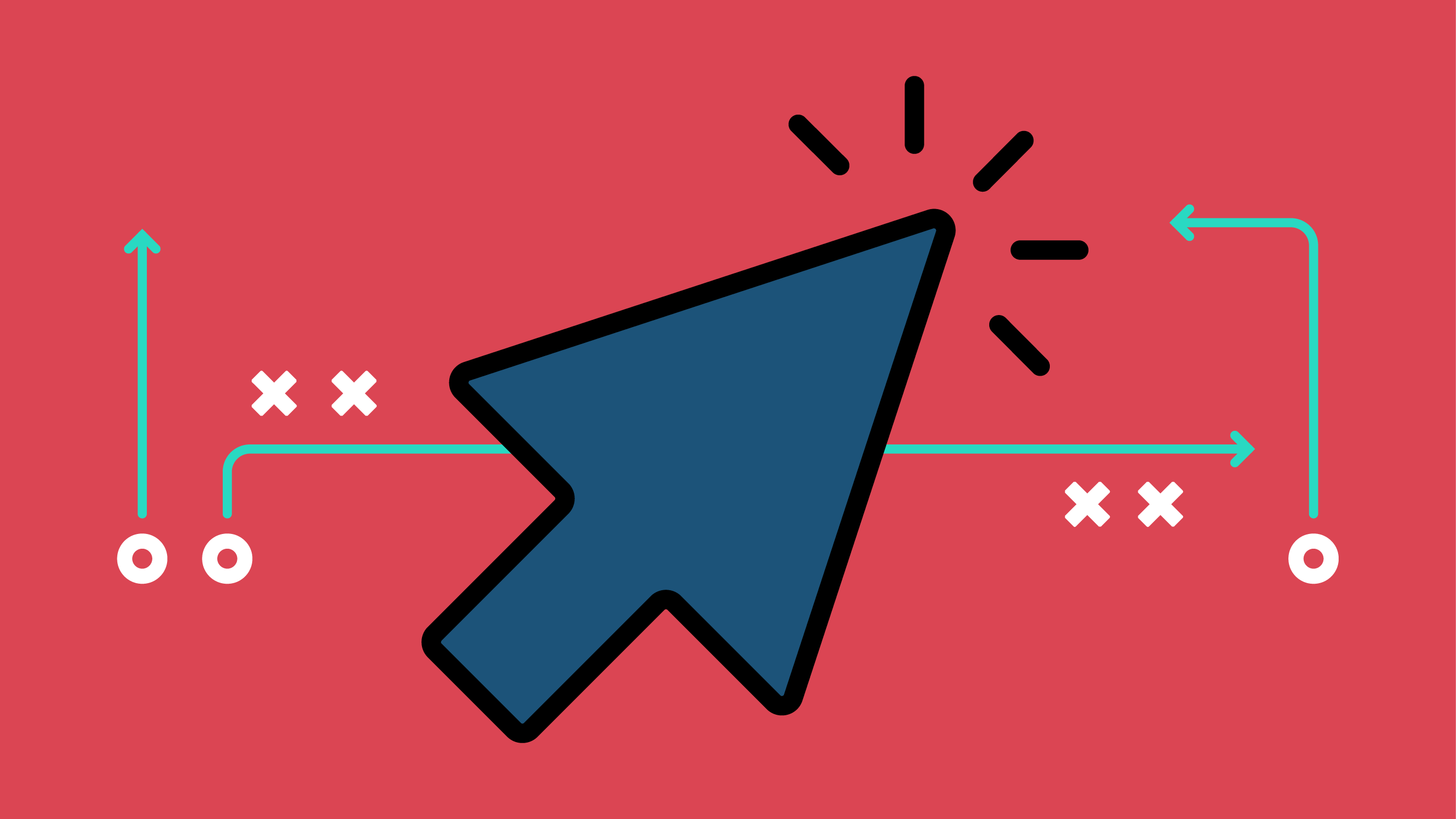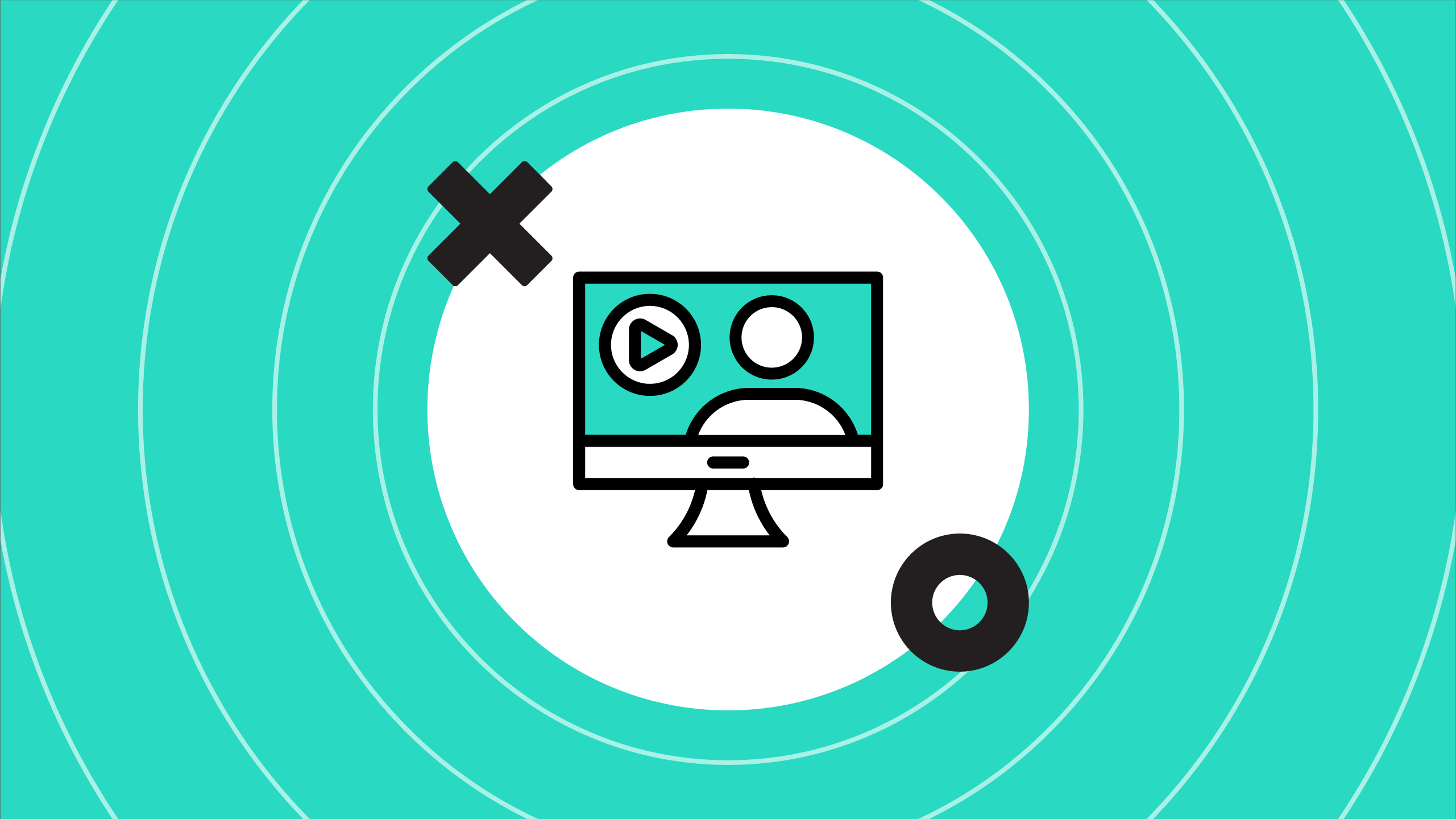A local link-building strategy involves a lot of hard work. You won’t always have a team of expert link builders available and your local business clients don’t always have the budget — or patience — to afford the effort it might take to build valuable local links that actually drive leads!
You can’t just go to your clients and outright tell them “we need to build more local links” and have them just take your word for it. To get buy-in for a local link-building strategy, you have to be able to show why it’s important and why your client should care.
Why is link-building important?
Link-building is important because search engines use inbound links (links pointing to your website from outside sources) as one of their many ranking factors. According to the Whitespark Local Search Ranking Factors study for 2021, both the quality and quantity of inbound links are important for ranking well in the local finder (#4) and for ranking well in organic results (#2). Therefore, the more high-quality links you have pointing to the important pages on your site, the more likely you are to rank higher in Google’s search results.
With increased rankings, come higher click-through rates, higher conversions, and even more indirect benefits. We also know that a quality local link, like a partnership highlight from a related business, can bring with it valuable referral traffic, in turn improving your clients’ brand awareness.
However, it’s not always easy for clients to see or understand these benefits. For example, your client may have had a previous agency convince them that the more backlinks the better! They made unrealistic promises around the number of links they’d build each month and that a big jump in organic traffic would follow. Instead of building quality local links, they paid for 50 low-quality links that did absolutely nothing.
6 Step Action Plan To Get Your Client On Board With A Local Link-building Strategy
Rather than just telling your client the benefits of link-building, we’ve set out a six-step action plan to truly show the benefits of link-building to get them on board with a local link-building strategy!
- Step 1: Know your clients’ goals.
- Step 2: Map out the benefits of local link-building to your client’s goals.
- Step 3: Identify any obstacles you might face
- Step 4: Gather some examples of local link-building opportunities that fit within your client’s means.
- Step 5: Make a list of everything you’ll need for your client to sign off on a link-building strategy.
- Step 6: Present this information to your client.
Step 1: Know your clients’ goals.
Link-building isn’t a one size fits all approach, to benefit the client, links should be built around their goals.
Goals will look different for every client. You may have very specific traffic and organic conversion goals. For example, 10% growth in organic conversions year over year for non-branded search traffic. However, you might also know that your client’s goals are all built around improving their overall brand awareness online. For some (even clients of ours), their local business goals may be built entirely around crushing their competitors!
No matter what drives your client, you’ll want to gather these goals and list them from what’s most important to least! This will help you prioritize what types of links to find and build later on in this plan.
Ready to take your marketing to the next level?
Subscribe to our newsletter today and gain access to exclusive insights, expert tips, and the latest trends in the industry.
Step 2: Map out the benefits of local link-building to your client’s goals.
As we mentioned earlier in this post, there are many different benefits of local link-building! In this step, you’ll connect each benefit of local link-building with your client’s goals and what’s important to them.
For example, your client is a local pest control company who wants to improve their organic conversion rate and it’s really important for them to outrank their competitors for their ant inspection service.
As SEOs, we know building quality local backlinks to a related service page can help boost organic rankings. To tie this benefit of link-building to what’s important to this client, you want to play on the psychology of stealing their competitor’s rankings! You can do this by introducing competitor link-building tactics such as finding ways their competitors have built links to their ant inspection service page in the past, what links their building now, and present this information to your client that will get them excited to steal links and in turn, steal their traffic — and hopefully leads that come with those rankings!
Another example, instead your client is a local physiotherapy clinic that wants to increase the number of leads that come from branded search traffic and it’s really important for them to improve their overall brand awareness.
We know that building local links that refer to the business as the expert in the field for a particular subject can help to increase referral traffic from local sources and encourage future branded searches by introducing the brand in potential customers’ minds.
To tie this benefit of link-building to what’s important to this client, you’ll want to present local link-building opportunities that involve your boss or client taking part in the overall conversation about their industry in their local area. Suggest they take part in local:
- Industry podcasts
- Industry webinars
- Industry workshops
- Industry trade shows
You want to position this benefit as a way to get your client excited to talk about their business and share what they do. A local physiotherapy clinic getting featured regularly on a local news station for an expert advice health segment is a great example of a local business positioning themselves as experts in their field!
Step 3: Identify any obstacles you might face.
It’s one thing to get your client to understand why local link-building is important, but there are a lot of additional obstacles you’re likely to face when trying to implement a local link-building strategy. These obstacles include (but are not limited to):
1. Not having enough budget.
A lack of budget is usually the most common obstacle that in-house marketers or agencies face. A lack of budget could mean everything from not having enough budget to hire someone to help write content, create helpful resources, take part in donation or sponsorship-related link-building activities, or a combination of all.
We’re confident that most, if not all SEOs have heard a client say “we don’t want to spend budget on that” or “we don’t have enough budget.” If you don’t have enough budget and your client is rarely open to giving you more, you’ll want to prepare your case on why link-building doesn’t need to be an expensive undertaking. Focus on link-building opportunities that are easier to acquire, less expensive to get, and that foster already existing relationships.
Finding these easier-to-acquire link-building opportunities will help you avoid needing or asking for a lot of budget upfront. Instead, once you begin seeing the benefits from less expensive links, that’s when you can start asking for more budget because you’ll be able to prove the benefit.
2. Not having enough time.
Link-building is a lot of work and it can take up a lot of time depending on the type of business and the number of links that need to be built to move the needle. Link-building can also mean needing your client (the subject matter expert) to spend time helping you create content for link-building opportunities or take time out of their day to build any relationships necessary for local link-building.
If you, or your client, are already too busy to complete important daily tasks, it will be hard to convince them that there’s enough time for you to work on a local link-building strategy. Instead, focus on gathering link-building opportunities that are quick and easy to acquire, like unlinked brand mentions or taking advantage of any current partnerships or sponsorships.
If you’re reading this and thinking, “what if I’ve already acquired these quick and easy link-building opportunities?” This brings us into our next obstacle: not enough resources.
3. No resources to build links to.
Link-building is harder when you don’t have the resources to build links to (e.g. tools, calculators, whitepapers, blogs, etc). Even the tools we use (e.g. BuzzSumo, SparkToro, or Ahrefs) to find local opportunities aren’t accessible if you don’t have the budget!
If you lack the resources to build links to, you’ll want to focus on where you can build links that don’t require creating new resources (or resources that are too difficult to build like calculators, tools, videos, etc). Instead, take advantage of the different ways you can gather content from your clients to update or build other necessary resources. This could include phone calls, shared Google documents, or even taking part in local industry forums like Reddit, or Quora to access subject matter experts.
If you also struggle with a lack of time, there are different ways to gather information from your clients for new resources that can save you a lot of time! For example, one of our clients here in Alberta, Canada, treats clients with back pain (they’re physiotherapists!). We noticed that at the beginning of the pandemic more people were going camping because it was an outdoor activity that didn’t involve much travel. We found a local link-building opportunity for one of our client’s current blog posts, but it needed better, fresher content.
We hopped on a quick 15-minute call to ask them questions to get the content we were missing. The information we gathered from the call was enough to update the post and not only secure the local link but continue to rank in the featured snippet spot for our target query. It took 15 minutes of the client’s time and then just 30 minutes for us to update the post with fresh content!
4. Not having a site others would want to link to.
A slow site, a site with poor quality content, a site with poor user experience, or a site riddled with technical problems isn’t going to be a site that others want to link to!
If your client’s website isn’t optimized or accessible, stop where you are and prioritize fixing any technical issues before you pursue a link-building strategy. If they refuse to put in the money and effort to have a website that is link-worthy, even though you’ve explained the benefits of doing so, don’t reward bad people with good work!
This is your friendly reminder that you don’t have to work with everybody.
Step 4: Gather some examples of local link-building opportunities that fit within your client’s means.
Based on the obstacles you face, come up with one to two link-building opportunities that fit within your client’s means. This step is to help you get the ball rolling and show your client the opportunities rather than just telling them they exist — this helps build trust!
We recommend the following resources from Greg Gifford for finding local link-building opportunities:
Greg has a bunch of different webinars, podcast episodes, and blogs about local link-building opportunities. If you don’t yet have the skill or resources to find these opportunities yourself, we recommend reading Moz’s Beginner’s Guide to Link-building.
Be the first to know!
Sign up for our newsletter and stay up-to-date on the latest news and trends.
Step 5: Make a list of everything you’ll need for your client to sign off on a link-building strategy.
This step takes the guesswork out of the strategy so you’re not leaving your client to figure out what you need. We’ve included some helpful questions below to get you started.
This isn’t an all-encompassing list as it will depend on your local link-building goals and client’s business type, but the goal for this step is to show that you’re as prepared as possible to build a link-building strategy within, or as close to, your client’s means.
1. How much effort will this take?
It’s easy to quantify building citations or adding a few local listings, but it’s not so easy to quantify building a local relationship that can involve multiple emails or lengthy phone calls.
Instead of focusing on how long it will take to build each link, we recommend focusing more on effort. We use points at Kick Point that take into account both time and effort for each task. It’s made us more accurate in tracking time and billing and leaves us less stressed since the mental strain that can come from sometimes a quick task is accounted for.
For example, if your local link-building strategy includes a lot of opportunities where you need to write new content or build more local relationships, ask yourself, “how difficult will it be to get the content for this post or to build a relationship with local influencers?” rather than “how long will it take me to write new content or build a relationship with local influencers?”
Since relationship building isn’t something you can quantify with time, we recommend building a point system to measure the amount of effort it takes for different types of tasks. For example, let’s look at a scale from 1-4 points (with 4 being the highest amount of effort), here are some examples of tasks that might fall within this scale:
- 1 point: Sending a quick email update (simple task, easy to quantify how long it might take).
- 2 points: Having a call with your client to gather information about a new blog post or resource (takes more effort, as you would have had to prepare a set list of questions, the conversation may run long, etc).
- 3 points: Researching new local link-building opportunities (this takes a lot of creativity and brainstorming for ideas as well as the physical time spent looking for opportunities).
- 4 points: Building a relationship with a local influencer (this includes the time it takes to find local influencers, writing up emails, completing phone calls, etc).
To make it easier to categorize effort, think of high-effort tasks as something you can break down into multiple lower-effort tasks. Therefore, based on the link-building opportunities that fit within your client’s means, consider the effort it will take to truly build those links.
2. How can you tell if your local link-building strategy is making a difference?
If you’ve listened to any of Dana DiTomaso’s talks in the past, data is everything! You’ll need to be sure you have everything you need to track the performance of local link-building for your client.
This could include current traffic and future traffic goals, a custom Google Data Studio report, or historic rankings, but most importantly, you’ll need access to clean, accurate data.
If you can’t accurately track traffic and goals you won’t be able to prove the benefits of link-building to your client.
3. What resources can you utilize and what resources will you need?
This includes all the resources you might need to build links to and the budget and effort you’ll need to acquire or create new resources (if necessary). Be clear about what deliverables you’ll need to get started.
4. How will you complete the outreach?
To avoid filling up your client’s main business inbox and to improve your chances of being responded to during outreach, you’ll want to confirm what outreach email/alias you’ll be using. For example, an email with your client’s business name (your-name@businessname.com).
Hot tip: Ask your client for a list of any close partnerships or business contacts you can reach out to for link-building.
Step 6: Present this information to your client.
At this step you should know (or have at least thought about):
- What your client’s goals are
- What benefit will get them excited to build links
- What obstacles you might face
- How to overcome these obstacles
- What information you need to get started
Your next step is to present this information to the client for them to sign off on a local link-building strategy!
The way you present this information will depend on how your client prefers to digest their information. This could be over a zoom call, through an email with a document attached of the entire process, or even a PowerPoint presentation.
Some clients prefer to hop on a Zoom call, while others prefer to read and digest the information before meeting with questions. For example, we have a client that will send us videos of them and their screen (using Loom) when asking questions. Since they prefer visually sharing what they’re talking about, we know they would prefer a Zoom call to go over something like this.
If your client rarely jumps on a call and prefers to just get to the point, then a simple email incorporating what you’ve found should suffice — we have a lot of clients like this!
No matter how you present this information, the presentation method itself should be able to cover the following:
1. Why should they care about local link building?
Remind them of their overall goals. What is important to them and how will link building help them reach their goals? The answers to these questions are gathered from steps one and two of this process: the benefits of link building that align with their business goals.
2. What obstacles do you or your client face and how can you overcome them?
Provide your client with the different types of links (organized by priority if possible) that fall within their means. This is where you’ll address the obstacles you noted and some examples of opportunities that address these obstacles from steps three and four.
3. What will you need from your client to be successful?
Provide your client with a list of everything you’ll need to get started based on the opportunities that best fall within their means — this is the list you created in step five!
4. How will your client know if link building is moving the needle?
Finally, the most important part of you presenting an opportunity is to set expectations!
You need to communicate that local link-building isn’t a race to build the most links.
Instead, local link-building is about developing local relationships and building higher-quality links that are more likely to drive real traffic and leads.
You’ll have to agree on what KPIs you’ll use to measure performance (found during step one: goals) and how you will report on the benefits (found during step five: gathering everything you’ll need to be successful).
How can I motivate my client to continue to link-build?
When you finally begin the local link-building process, you need to make sure your client feels motivated to continue!
To ensure your client stays motivated, leave the guesswork out of link-building. Use our easily trackable link-building spreadsheet so that each link-building opportunity is accounted for and can be found in one place. This makes it easy to keep track of what’s been built and what you’re currently working on (because some links can take a while to build!)
Hot tip: Not all clients will be okay with you sending outreach emails on their behalf. To make link-building easier, write outreach emails for your client to send. If your client is the one that should make the first contact, you can either write the email for them to simply copy and paste, or write a clear outline that they can modify where necessary depending on their relationship with the person you want to build a link from.
Ready to get your client excited to start link-building?
Copy the link-building spreadsheet and remember, local link-building takes time. Focus on quality links that will drive valuable traffic for your client and measure your performance!



